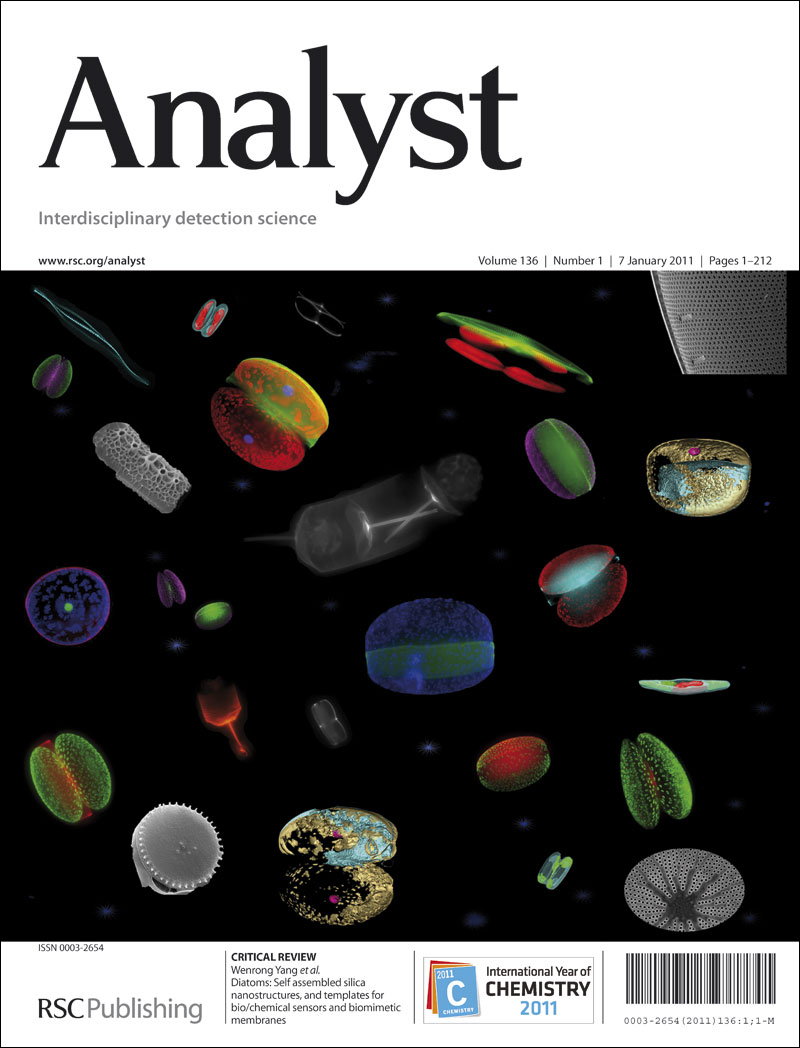Laser Wavelength Selection in Raman Spectroscopy
IF 3.6
3区 化学
Q2 CHEMISTRY, ANALYTICAL
引用次数: 0
Abstract
Research in Raman spectroscopy continues to abound in a diverse range of application spaces and concurrently, components of Raman systems have become increasingly sophisticated. Laser wavelength choice is a key question in any Raman spectroscopy experiment, and the wavelength required, or indeed wavelengths, depends on a number of factors. For instance, are trace compounds being interrogated and thus plasmonic enhancement required? Or, are the experiments targeted at a specific molecule, or class of analytes, which are resonant at a specific wavelength range? Safety, resolution, and ease of post-processing spectra, can also be crucial in the decision process. While laser vendors commonly offer guidance in terms of what to consider when picking lasers for Raman studies, advice tends to be succinct. In this article, we discuss these variables more comprehensively, alongside the needs within certain kinds of experiments, to assist the Raman spectroscopist in their laser choice.求助全文
约1分钟内获得全文
求助全文
来源期刊

Analyst
化学-分析化学
CiteScore
7.80
自引率
4.80%
发文量
636
审稿时长
1.9 months
期刊介绍:
"Analyst" journal is the home of premier fundamental discoveries, inventions and applications in the analytical and bioanalytical sciences.
 求助内容:
求助内容: 应助结果提醒方式:
应助结果提醒方式:


